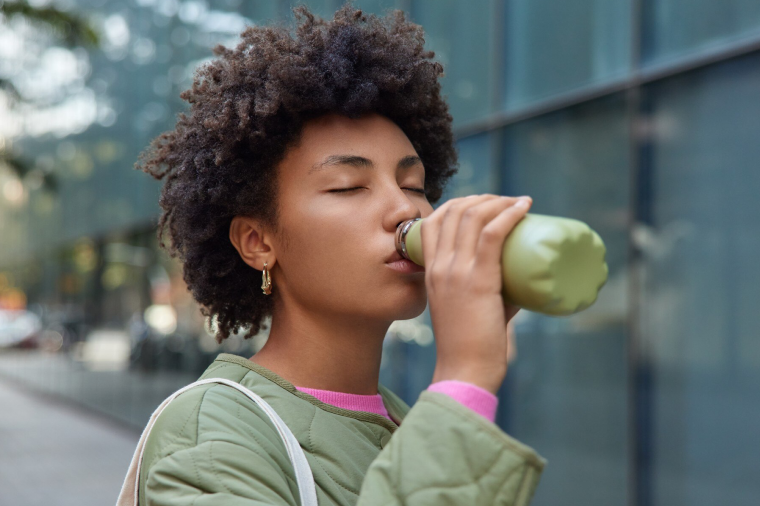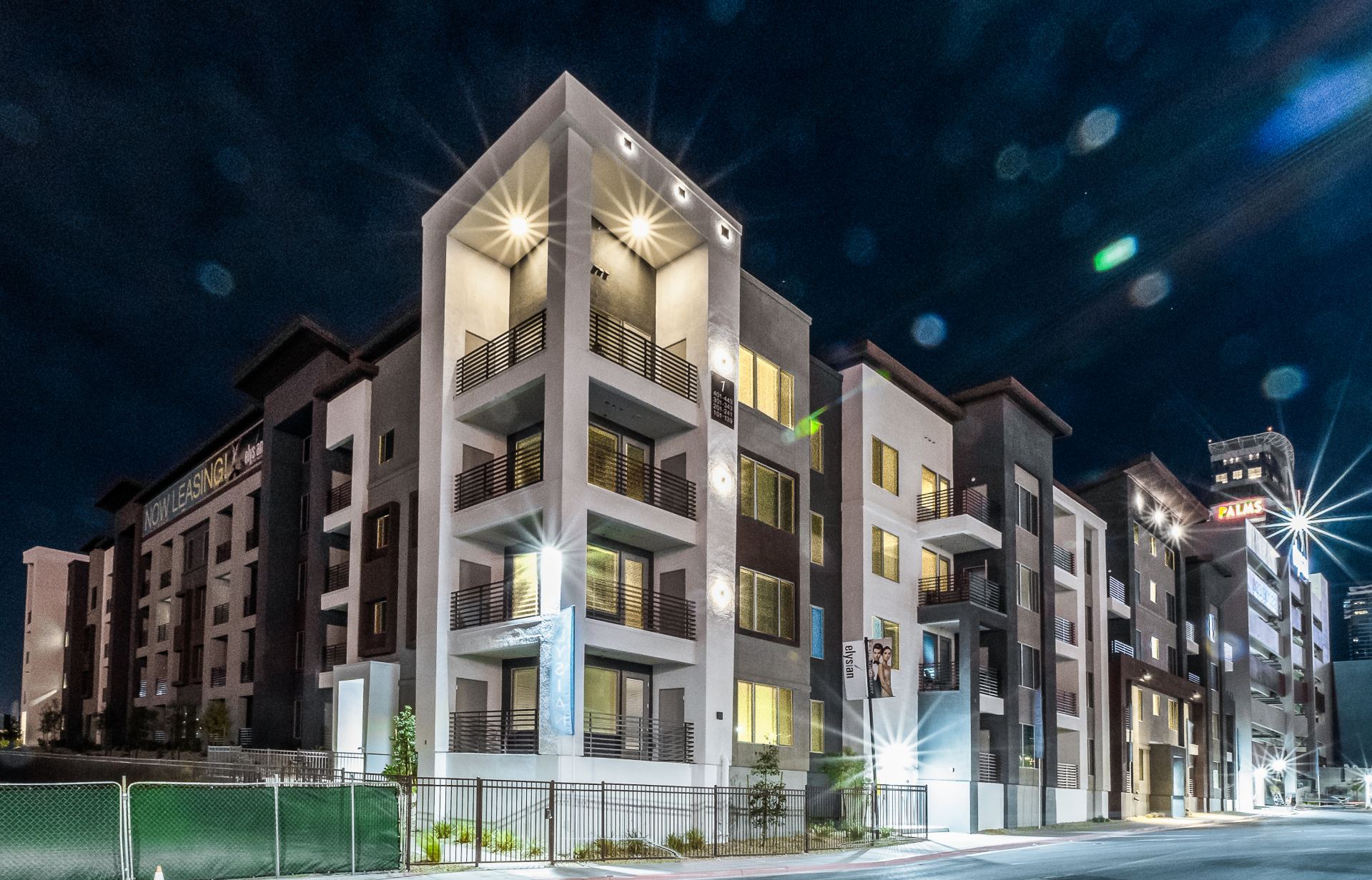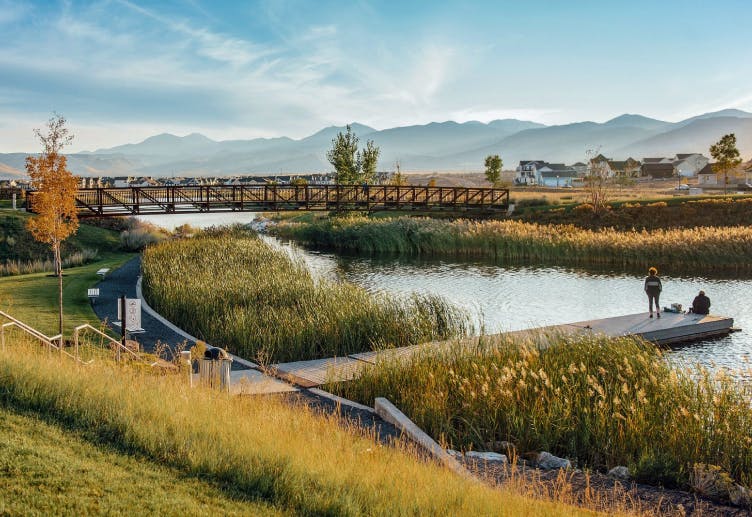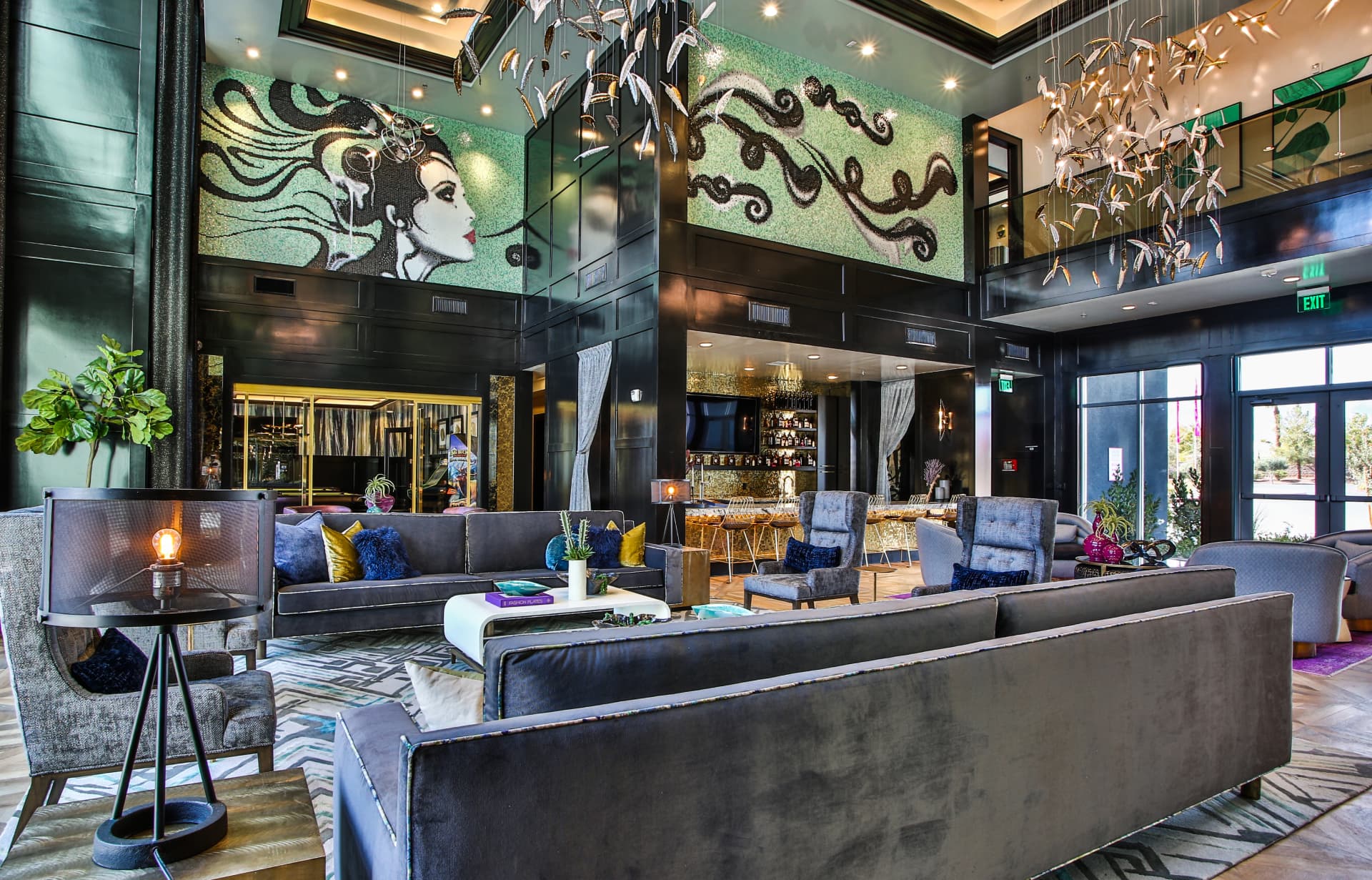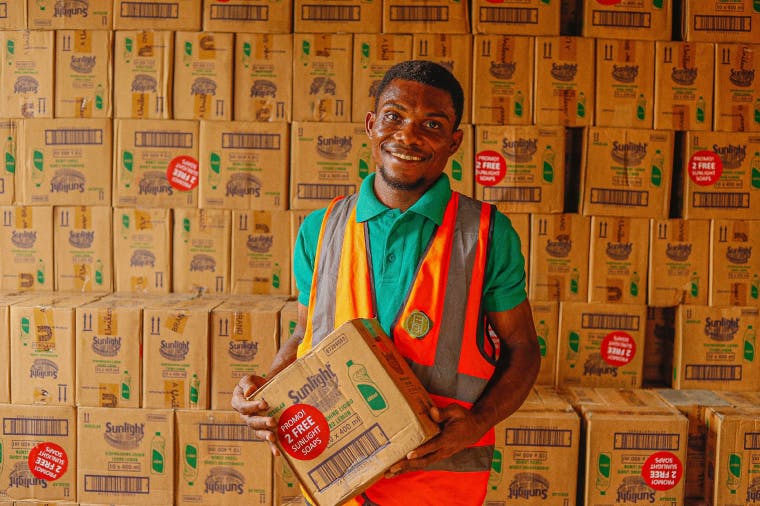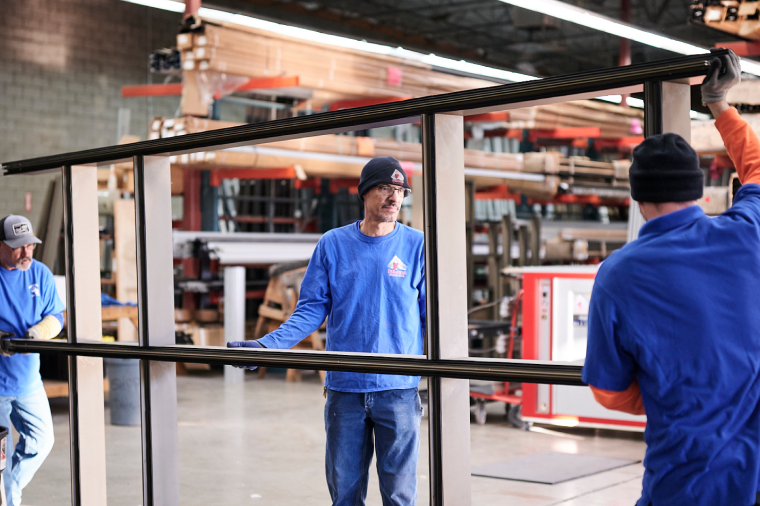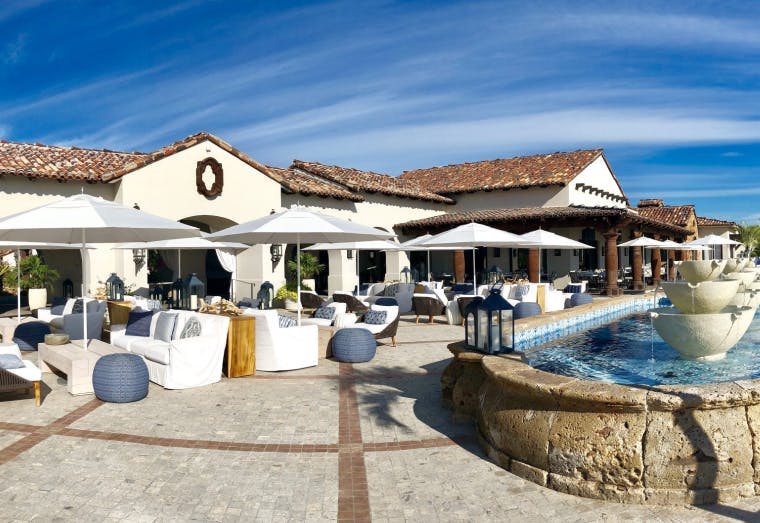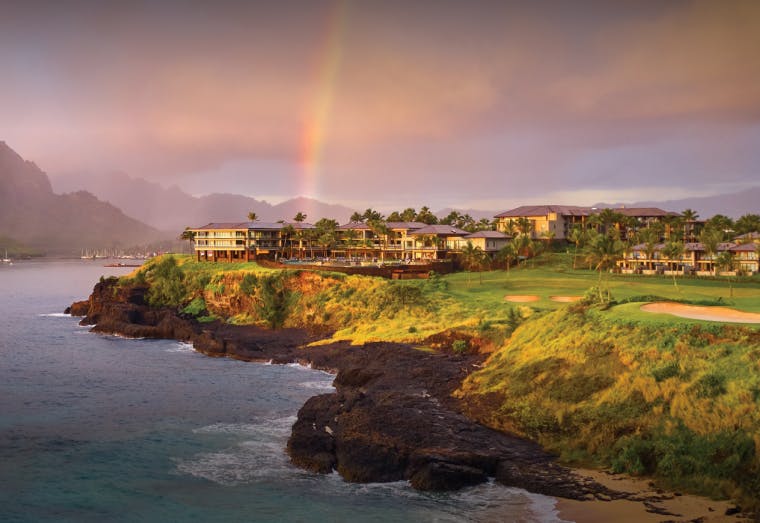AZ Labor Systems
Modernizing a Legacy Brand for Long-Term Impact
Learn MoreThe Ballpark at America First Square App
When Miller Sports needed a mobile app, they turned to Overlap to step up to the plate.
Learn MoreThe Ballpark Website
The Salt Lake Bees' transition to a new stadium marked a major milestone, and their new digital presence had to reflect this change.
Learn MoreDowntown Daybreak
The Downtown Daybreak website isn’t just a digital presence—it’s the front door to a vibrant, evolving destination.
Learn MoreLarry H. Miller Real Estate
Larry H. Miller needed more than just a website—they needed a scalable digital foundation to support their evolving brand and business goals.
Learn MoreOutrigger
Outrigger, a global hospitality leader came to us with a big challenge.
Learn MoreTwin Cities Habitat for Humanity
Twin Cities Habitat for Humanity has long been a cornerstone of community development.
Learn MoreAZAGC
Revamping AZAGC’s Digital Platform for Enhanced Member Engagement.
Learn MoreAZ Kidz Experience
Uniting the Local AZ Community.
Learn MoreInner City Health
Capturing the essence of a healthcare nonprofit.
Learn MoreIntermountain Centers
Connecting patients across Arizona with the mental health services they need.
Learn MoreBC Water Jobs
Building a talent pipeline for the North American water infrastructure industry.
Learn MoreQuerencia Cabo
Future-proof development and design delivers lasting results.
Learn MoreTimbers Resorts
Advanced development solutions for a fast-growing hospitality brand.
Learn MoreBrown and Caldwell Water News
Transforming outdated design and manual processes to deliver dynamic industry content to subscribers around the world.
Learn MoreElysian Living: Data Analytics Case Study
Empowering clients to become more sophisticated in how they track and improve website conversions.
Learn MoreLHM / Daybreak Utah
Award-winning digital solutions for an award-winning master plan community.
Learn MoreElysian Living
Restructured the digital ecosystem that resulted in a party in the front-end and business in the back-end.
Learn MoreNodit Health
Bringing life to a brand and mobile app that disrupts the health care industry and empowers nurses.
Learn MoreValley of the Sun United Way
Digital services that elevated this nonprofit's impact to its fullest potential.
Learn MoreDemers Glass
Transforming a local business to compete with the big players while preserving the core family values that make them unique.
Learn More






